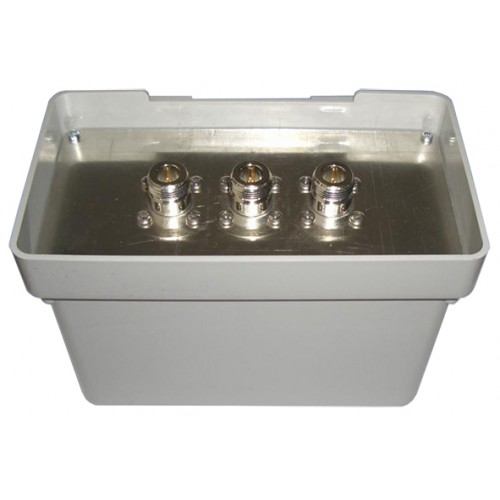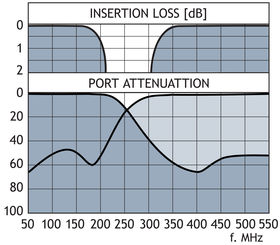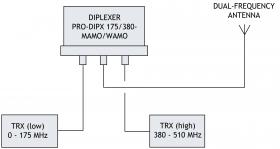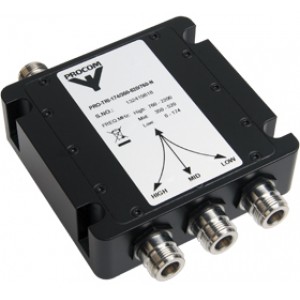- Diplexer for combining or splitting the two ranges 0 - 175 MHz and 380 - 510 MHz.
- Excellent wide-band coverage – usable for a lot of applications.
- N-connections on all terminals.
- The diplexer comes in two versions. MAMO for Mast Mount and WAMO for Wall Mount.
Diplex FiltersPRO-DIPX 175/380-...
Description
Specifications
| Electrical | ||
|---|---|---|
|
||
|
||
|
||
|
||
|
||
|
||
|
||
| Mechanical | ||
|---|---|---|
|
||
|
||
|
||
| Environmental | ||
|---|---|---|
|
||
Ordering Designations
| Model | Product No. | Description | |
|---|---|---|---|
| PRO-DIPX 175/380-MAMO | 200000726 | Mast mountmax. Ø65mm | |
| PRO-DIPX 175/380-WAMO | 200001768 | Wall mount |
WAMO
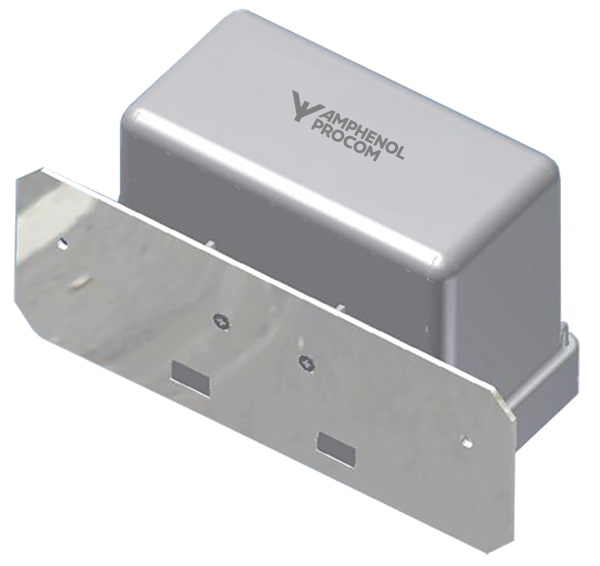
MAMO
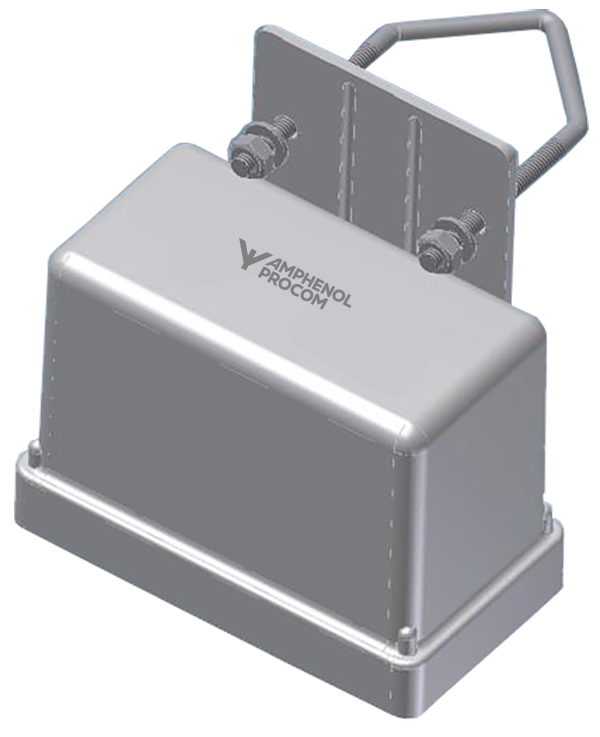
Installation
The PRO-DIPX 175/380-MAMO/WAMO makes it possible to use only one antenna for the operation of two transceivers (one in each range). See the figure below. The antenna must be a dual-frequency antenna, that is, it must be resonant on the actual frequencies in the two bands. The transceivers may be used independently and will have no degrading influence on each other. Typically, the diplexer is installed next to the transceivers and only one cable is used between the diplexer and the antenna. The diplexer is suitable both for base station and mobile use.
The main tasks of the diplexer are to protect the individual receiver input from being destroyed by the transceiver in the contrary band and to ensure a low-loss path between the transceiver and the antenna which is not loaded by the other branch.
The diplexer can be operated together with any set of transceivers operating
within the 0 - 175 MHz and 380 - 510 MHz frequency bands.
Dual-frequency antennas are available for both mobile and base station applications.

